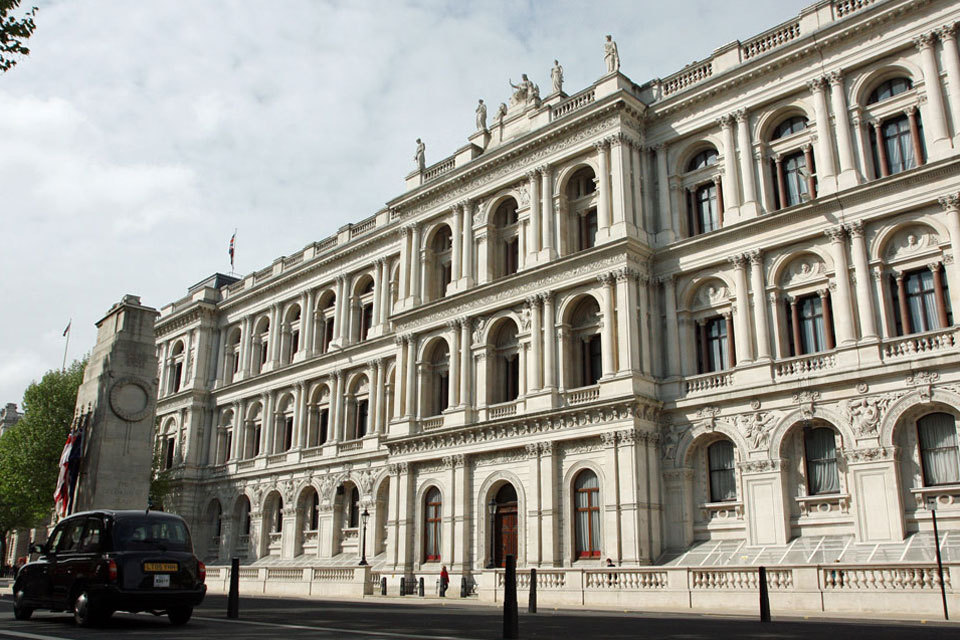
- Select a language for the TTS:
- UK English Female
- UK English Male
- US English Female
- US English Male
- Australian Female
- Australian Male
- Language selected: (auto detect) - EN
Play all audios:
We start with the bush, where incomes are stalled, or plunging, as farmers battle. Here, the common economic Myna flocks, displacing sound native ideas with dizzy chatter - and prosperity
with penury. We move to the towns, where incomes are depressed, unless the lands are to be mined or toured by “foreigners” whom the Myna entertains. Their plaintive “we depend on them” shows
no real sovereignty remains. On the brink, in the suburbs, subsist the mortgaged, their lives spun on uncertain incomes in a labour and credit shedding world. While some speculate on a
bubble and others see just lather, the poor householder tempts fate. However, the fate of such people is not a myna matter. High in the centre they still fly, riding a rising breeze as the
hot sun bakes ‘playing fields’ now ‘nicely’ levelled so global finance may have its way. Little wonder the population is restive, the politics avoidant. Addressing incomes, debt and credit
worthiness are things that need be done across our lands. Many financial balances have deteriorated alarmingly. Agriculture is subprimed. Numbers stack up badly across an economy still
fuelled by rising indebtedness. As Senator Barnaby Joyce succinctly put it in 2010 “if you do not manage debt, debt manages you”. He was then quickly demoted. “Sadly, all the efforts of a
generation of Australian men and women have only made them more indebted to the rest of the world. Australia’s external net wealth is negative, passing minus $900b on an accelerating
downward trajectory. This ongoing dissipation of national resources is unsustainable. Australians live in a debt dreamtime…” The real issue is the dissipation of a generation and the
policies that drove it, not the debt per se (important though this is). Seemingly unaware, the Myna flocks in busy cafes, gravely recounting the fate of the polls or the latest rational
rhetoric. Pecking peacefully, they disdain numbers, events and ideas that disturb their reverie. ASIAN CENTURY With Ideas locked ‘in’, the Myna converses about an Asian Century, but there is
no real discussion of significant economic and financial issues. Economic advance, viability and prosperity are things simply assumed by an embracing Myna Dream. Like cane toads, prickly
pear, lantana and rabbits before them, Myna econ are an inappropriately introduced species. Allowed ‘in’ as part of Pop Internationalism, the damage from persons and policies embracing these
specious ideas has been extensive, especially to the ‘less competitive’ - which in our open economy is now almost everyone. Ideas in use are not neutral. They drive humans and their
societies in all manner of amazing ways, as history so richly attests. Problems build when preoccupations allow things that need be done to go undone. Recent Australian Adventurism (to use
Gorbachev’s phrase about the demise of the USSR) reflects Myna preoccupations, ignored realities and neglected needs. Real myna birds can be quite cute, as can their human mimics, but Myna
Dreams do much damage when unthinkingly enthused by major parties. Niche capture is the real Myna goal as the crises of Phase 5 globalisation amply reveal. Scan “Australia in the Asian
Century” for key ideas with Leximancer and the Dream bubbles, shown in the figure, appear. Simply assemble chosen ‘in’ words and you have a document that can be comfortably discussed in Myna
lounges around the nation. Words like market (350 instances), trade (336), food (191) and productivity (158) matter to the Myna. Is this really the way to prosperity? Among the missing
ideas are profit (11 minor instances), debt (eight) and farmer (eight) – including from the case study of “Australia’s agriculture and food sector”. Income receives 140 mentions, but nearly
all are Asian instances. Australian income (three) and Australia’s income (two) are insignificant – and only considered linked to productivity. Unfortunately, productivity does not equal
profitability - and with a potential $16b pa return on a posited $1000 billion “food” investment - there appears absurdly little profit to be had. Impecunious industries and ever more debt
from paddock to plate is more likely. Tragically, such comments apply to the Asian Dreams of “both sides” of politics. Industries that will support prosperity are simply dreamed.
Productivity is assumed adequate – despite its failure to deliver for over three decades now. The disconnects are clear. REPOSITIONING RURAL AUSTRALIA “Profitability is not a Dirty Word” was
the headline reporting my presentation of Repositioning Rural Australia at Merridan in April. A thousand had gathered far from the Myna lounges to discuss “Agriculture in Crisis”. At the
edge of the great Western Wheatbelt, the toll imposed by open markets, outstanding productivity growth, inadequate financial arrangements and inept policies was starkly evident. The collapse
in revenues, profitability and incomes is now compounded by falling farm values and unserviceable debts. Subprime agriculture now stalks the bush. Equity levels have plummeted to below 50%
for the nation’s farmers. Stunningly, when revealing this appalling figure, the National Farmers President, Duncan Fraser, and its CEO, Matt Linnegar, pushed “more research” when prompt,
skillful actions could make a world of difference. Denial of problems runs deep in Canberra, where it seems even those who are the most active and insightful struggle against inertia,
mis-focus and Myna chatter. Instance the $420m Rural Finance budget commitment last May and how strenuous the efforts have been to deny even this little help to those who feed their fellow
Australians. A stunning Myna sabotage, or something much more? Will those seeking public office in September make any difference? They should, and they should now clearly state how the
things that need be done will be done. The impoverished state of the nation is not a minor matter.






